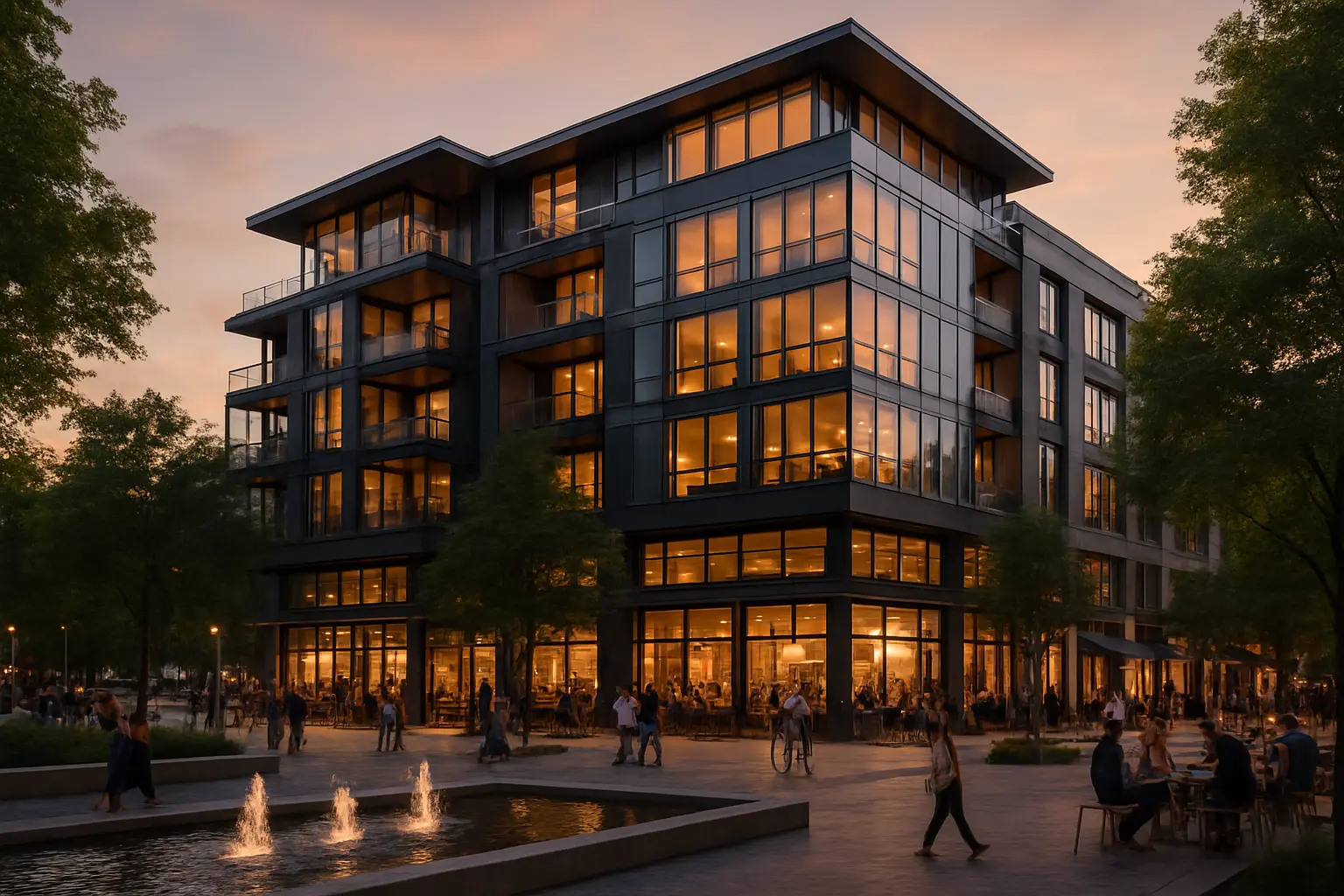The Hybrid Property Revolution: Why Mixed-Use Real Estate is the Future
Discover how the integration of residential and commercial spaces is reshaping modern real estate investments and creating vibrant communities.

The Evolution of Property Usage
In the ever-evolving landscape of real estate, a revolutionary concept is reshaping how we think about property development and urban living. Mixed-use properties, combining residential, commercial, and sometimes even cultural spaces within a single development, are emerging as the cornerstone of modern urban planning.
The traditional model of strictly separated residential and commercial zones is giving way to a more integrated approach that better serves the needs of today's dynamic lifestyle. This shift isn't just a trend – it's a response to changing consumer preferences and the growing demand for more sustainable, walkable communities.
Understanding Mixed-Use Properties
Mixed-use developments offer compelling advantages for multiple stakeholders in the real estate ecosystem. Here's why they're gaining such tremendous traction:
Benefits for Investors
- Diversified Income Streams: Multiple revenue sources from different property types reduce investment risk
- Higher Property Values: Integrated developments typically command premium prices
- Increased Foot Traffic: Natural synergy between residential and commercial spaces drives business growth
Advantages for Residents
- Convenience: Essential services and amenities within walking distance
- Reduced Transportation Costs: Less reliance on personal vehicles
- Enhanced Community Experience: More opportunities for social interaction
Key Features That Make Mixed-Use Properties Successful
The success of mixed-use developments hinges on thoughtful design and strategic planning. Here are the essential elements that contribute to their effectiveness:
Design Elements
- Smart Space Allocation: Optimal balance between residential and commercial areas
- Vertical Integration: Strategic placement of different uses across multiple levels
- Public Spaces: Well-designed common areas that foster community interaction
Strategic Planning Considerations
Successful mixed-use developments require careful attention to:
- Location Selection: Proximity to transportation hubs and existing infrastructure
- Tenant Mix: Complementary businesses that serve resident needs
- Future Adaptability: Flexible designs that can evolve with market demands
"Mixed-use developments aren't just buildings; they're carefully orchestrated ecosystems that bring together the best aspects of urban living."
Embracing the Future
As urban populations continue to grow and sustainability becomes increasingly important, mixed-use developments represent the future of real estate. These properties not only offer superior returns for investors but also create vibrant, sustainable communities that enhance quality of life for all stakeholders.
The success of mixed-use properties demonstrates that the future of real estate lies not in isolation, but in integration. By embracing this hybrid approach, developers and investors can create lasting value while building the sustainable, livable communities of tomorrow.


